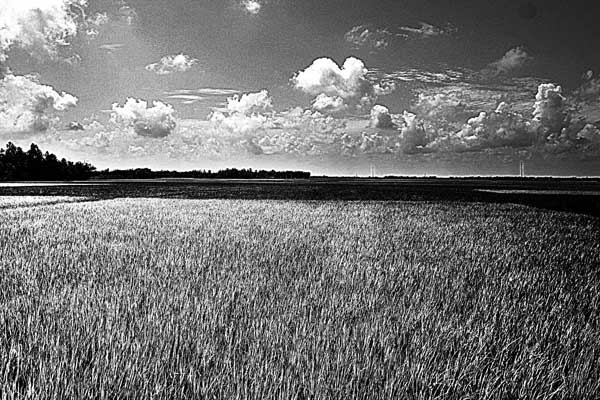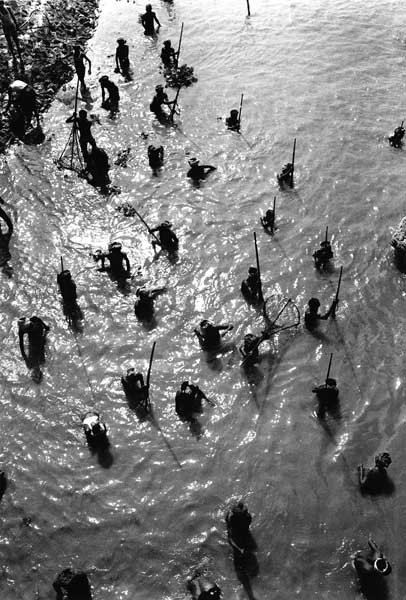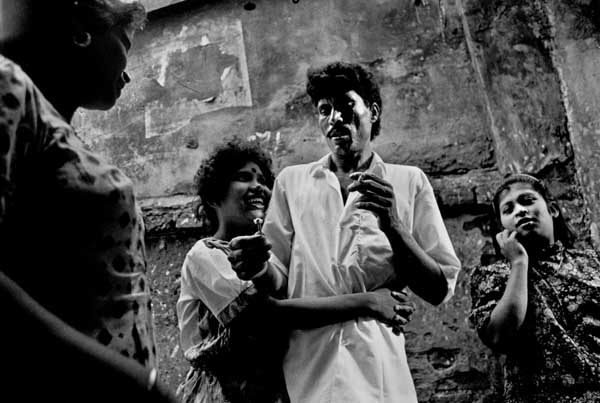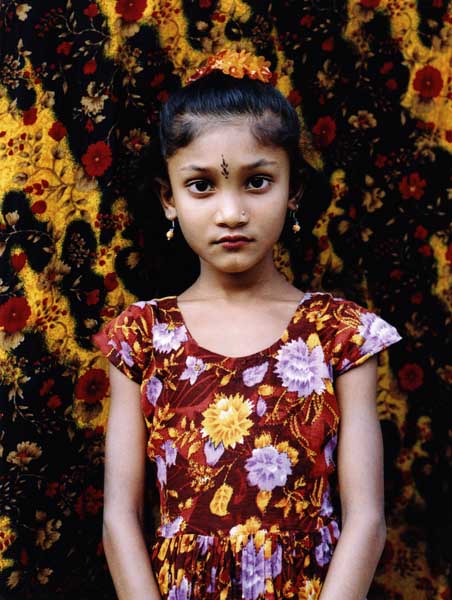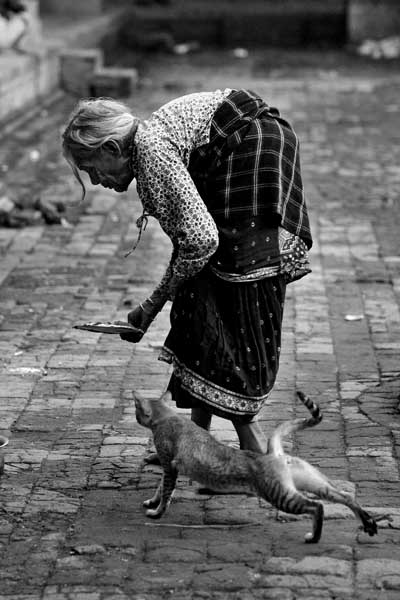Subscribe to ShahidulNews
![]()
HAIDAR EID ? AN OPEN LETTER TO MR. JACOB ZUMA, PRESIDENT OF SOUTH AFRICA
10 September, 2009 ??Palestine Chronicle
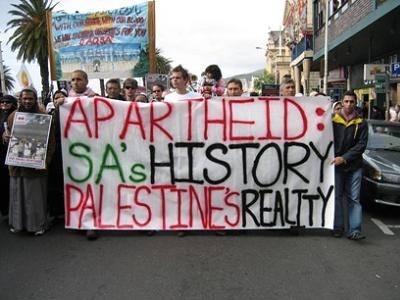
Dear Mr. President,
I am writing to express my dismay and disappointment with both your attendance at the national conference of the South African Jewish Board of Deputies ? a racist organization by any standards ? as well as the content of your speech at that forum.
I am a naturalised South African of Palestinian origin. I spent more than five years in? Johannesburg, during which I earned a PhD from the University of Johannesburg and lectured at the-then Vista University in Soweto and Rand Afrikaans University in Johannesburg.
I would like to take issue with the manner in which you express your support for the two-state solution: ?It is a solution that fulfils the aspirations of both parties for independent homelands through two states for two peoples, Israel and an independent, adjoining, and viable state of Palestine? (emphasis mine). Allow me, Mr. President, as a resident of Gaza, to express my shock with the fact that ? only 8 months after the Gaza massacre, in which 1500 civilians, including 434 children, were brutally murdered ? you still believe that there are two symmetrical sides. You even call it the ?Israeli-Palestinian conflict!? Was that your belief in the 1970?s and 80?s; that there were ?two-sides? to the South African ?conflict?? Were there two equal parties, namely White and Black, with equal claim to the land and equal historical responsibility for the-then status quo? No doubt, this sounds like a bizarre interpretation of South African history?and one which we Palestinians find equally astounding when applied to our history and our reality today.
Mr. President, these words of yours are even more disturbing, given your own involvement in the commendable struggle against the brutal, anti-human apartheid system and the notion of ?independent homelands? which were based on the separation of human beings. Your struggle as Black South Africans, was morally superior to apartheid because it was inclusive where apartheid focused on separation; it was embracing where apartheid focused on division; it was life-affirming where apartheid was violent and murderous.
The South African anti-apartheid goal, adopted by anti-apartheid activists all around the world was unequivocal: the end of the racist system and ideology of apartheid. There could be no toenadering (rapprochement) with apartheid ideologues; no creation of homelands and puppet leaders: the system had to be dismantled in its entirety. Many South Africans supported by a sustained global anti-apartheid campaign, sacrificed their lives to bring down the Bantustansan euphemistically, called independent homelands by the apartheid regime.? Mr. President, Steve Biko, Oliver Tambo, Chris Hani, the Mxenges, the Slovosac to mention but a few anti-apartheid heroes must have listened to the speech to the JBD and wondered what happened to the universal values and human rights espoused by the ANC.
Comrade Jacob (if I may),
I would like to brief you on the nature of the powerful party, i.e. Israel ? with whom your post-apartheid government still, amazingly, maintains exceptional diplomatic and economic ties.
Unlike the new post-apartheid South Africa, which you helped to create, in the State of Israel all human beings are NOT equal. There are fundamental artificially created and selectively rewarded? a level of of citizens in the state. Israel defines itself as a Jewish State. It, therefore, creates a bizarre distinction between ?nationality? and ?citizenship.? Almost 22% of the citizens of Israel are Palestinians who are excluded from such a definition. Israel thus, by definition is NOT the state of its citizens, but rather that of ?The Jewish People?, most of whom, like the members of JBD whom you were addressing, have no birthright connection to it. The question which begs an answer is what the status of those Palestinian citizens in a Jewish state is? The answer is, as every single ? to use a word you must abhor ?non-white? South African knows: Racism.
The delegates at the national conference of the South African Jewish Board of Deputies, Jewish, but at the same time, South African citizens ?enjoy full rights? in Israel, rights that apartheid Israel denies to us, the indigenous people of this land. They also call us ?Israeli Arabs?,? ?Jerusalem residents?, ?Arabs of the territories?, not to mention the refugees living in the Diaspora, whose mere mention always spoils any party, and whose right to return and compensation is sanctioned by International Law (UNGA resolution 194).
Israeli nationality, therefore, is non-existent. Instead, there is ?Jewish Nationality?. To make such a bizarre term comprehensible, think of ?White Nationality? as opposed to South African. In your speech before the JBD, you state very eloquently that ?(m)uch as we are conscious of who we are culturally and otherwise, it must not take away the national identity, as we should be South Africans first?.
The International Convention on the Suppression and Punishment of the Crimes of Apartheid, Article 2, Part 3, clearly defines apartheid as:
?[a]ny legislative measures and other measures calculated to prevent a racial group or groups from participation in the political, social, economic and cultural life of the country and the deliberate creation of conditions preventing the full development of such a group or groups, in particular by denying to members of a racial group or groups basic human rights and freedoms, including the right to work? the right to education, the right to leave and return to their country the right to a nationality, the right to freedom of movement and residence.?
This definition, in its entirety, clearly applies not only to the Palestinian people residing in the West Bank and Gaza Strip, but also those living in Israel itself. This is precisely the reason that the UN Special Rapporteur on the Human Rights Situation in the Occupied Territories, a fellow South African, John Dugard, concluded that ?the 1973 International Convention on the Suppression and Punishment of the Crime of Apartheid appears to be violated by many practices?.
If you were born to Palestinian parents living in Israel ? a fate you have been spared, Mr. President ? you too would be denied the rights of? ?Jewish Nationality? and been forced to submit to institutionalized inferiority or choose to resist it.
Furthermore, ICSPCA (quoted above), Article 2, Part 4, makes it crystal clear that:
?[t]he term ?the crime of apartheid?,? shall apply to ?any measures including legislative measure, designed to divide the population along racial lines by the creation of separate measures and ghettos for the members of a racial group or groups The expropriation of landed property belonging to a racial group or groups or to members thereof..?
Comrade Jacob, the word apartheid never appears once in your speech before the JBD! A listener would never know that you were speaking to an audience who actively support apartheid in another country.
Did you know that racist laws used to forbid Black property ownership in white areas in apartheid South Africa are in force in apartheid Israel? Indigenous Palestinian citizens of Israel are not only prohibited from living on land owned by ?Jewish institutions?, ?but are also not allowed by force of ?law? to reside in any areas designated ?Jewish? either.
I, myself, Mr. President, a resident of Gaza, like so many Palestinians, have legal title to my parents? land in Israel, but have no ?legal? right to it because my parents? property, like that? of millions of other Palestinians?, was taken away from us and given over to Jewish ownership. The facts are that Jews owned only 7% of Palestine before 1948; today 93% is considered ?state land? and can only be owned by Jews or Israel.
This is only one example, Comrade Jacob, of the nature of the state your government deems ?democratic?and ?friendly? despite its past strategic ties with apartheid SA. In your presidential campaign, you were quoted singing ?kill the Boer!? And yet, in your speech, you ?unequivocally? condemn ?all forms of violence from whatever quarter?, particularly where civilians are targeted!
I fail to understand this contradiction. Is this a reflection of the difference between comrade Jacob and President Zuma? Do you, as president, think that Palestinians have no right to resist their occupation and dispossession? You even equate our resistance with the War Crimes and Crimes against Humanity committed by the Israeli Occupation forces in the West Bank and, in particular, in Gaza.
Is it too much, comrade Jacob, for us, representatives of Palestinian Civil Society organizations to ask your government to sever all diplomatic ties with apartheid? Israel, and endorses not to say lead the growing global Boycott Divestment and Sanctions campaign against Israel? Is that really too much to ask a democratic post-apartheid South Africa for?
Is this the embodiment of Fanon?s prophecy about the ?Pitfalls of National (Racial?) Consciousness??? Is it because the Black Middle class which your government represents and which has taken power from the White Middle class is underdeveloped? Fanon, whom you? must have read while on the run from the apartheid police, says that this national middle class ?has practically no economic power, and in any case it is in no way commensurate with the bourgeoisie of the mother country which it hopes to replace.? Is this why you are prepared to kowtow to the South African Jewish community which ?has been called one of the most tightly-knit in the world, overwhelmingly united in its support for Israel??
Your government, Mr. President, turns a blind eye to the war crimes of its own citizens against Palestinians. The South African war criminal David Benjamin was allowed to freely move around South Africa and share his tactics of support and defence for the? Israeli Occupation Forces in its recent onslaught against the Gaza Strip with impunity. There are seventy other South Africans that are known to have links with the destruction of the Israeli Occupation Forces who enjoy the same impunity. It is left to individuals and civil society organizations in South Africa to take action against these criminals that should rightly be the task of the government.
Your post-apartheid government, Mr. President, unashamedly, supports the two-state solution: one for Palestinians (Muslim and Christians), and one for Jews. In other words, you support the re-birth of Bantustans, albeit in the Middle East this time. The two-state solution is a racist solution, comrade Jacob. If you did not accept it for yourselves in South Africa, why force it on Palestinians instead of supporting us as we demand the right to our homeland every single inch of it?
Mr. President,
A politics based on narrow-minded, selfish pragmatism was rejected by all anti-apartheid forces, locally and internationally during the years of the anti-apartheid struggle. What was promoted, instead, was adherence to universal principles of equality and dignity.
I truly hope you will reconsider. I know that it is my constitutional right as a citizen of the New South Africa ? which I am proud of ? to address you directly. I do so to express my deep disagreement and dissatisfaction with your government?s Middle East policy and its continued support for the apartheid policies of the Israeli government, given that this support undermines and actively harms the Palestinian struggle for liberation and self-determination.
Sincerely,
Professor Haidar Eid
Gaza, Palestine
– Dr. Haidar Eid is Associate Professor in the Department of English Literature, Al-Aqsa University, Gaza Strip, Palestine. Dr. Eid is a founding member of the One Democratic State Group (ODSG) and a member of Palestinian Campaign for the Academic and Cultural Boycott of Israel (PACBI).
Related posts:
The Mandela Moment that changed South Africa
67 Minutes for Madiba
South Africa: Zuma presidency: New era or business as usual? By Fazila Farouk
Letter from South Africa By Cynthia McKinney
AN OPEN LETTER TO BRANFORD MARSALIS
Goldstone banned from grandson?s bar-mitzvah in South Africa By Ran Greenstein
Revive Lincoln?s Monetary Policy ? An Open Letter to President Obama By Ellen Brown
Ken Loach open letter to the Edinburgh Film Festival
Socialist Green Coalition Launched in South Africa
An open letter to Caryl Churchill from a Palestinian Mother 3 May, 2009
Video: South Africa ? Forgotten freedom fighters Part One
Sign MAP?s Open Letter to Gordon Brown- end to the blockade, end the suffering of Palestinians in Gaza

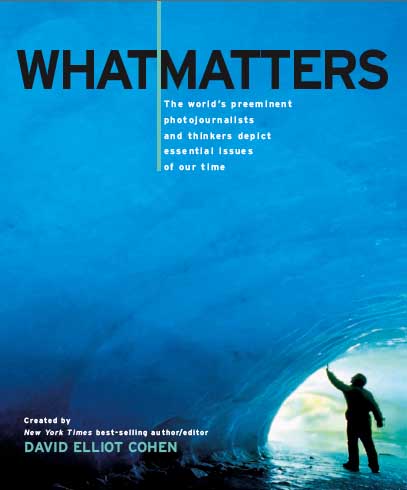
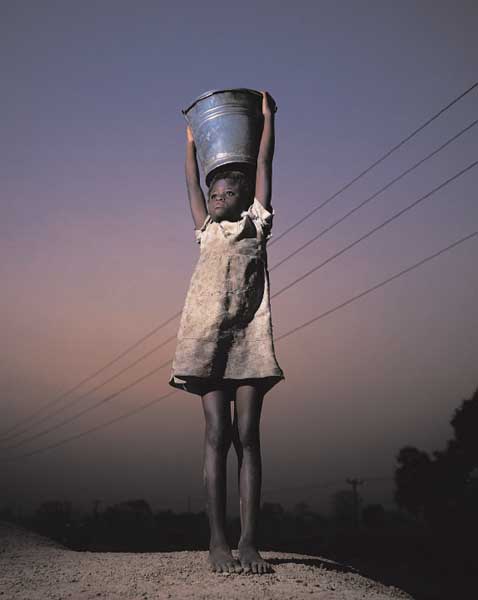
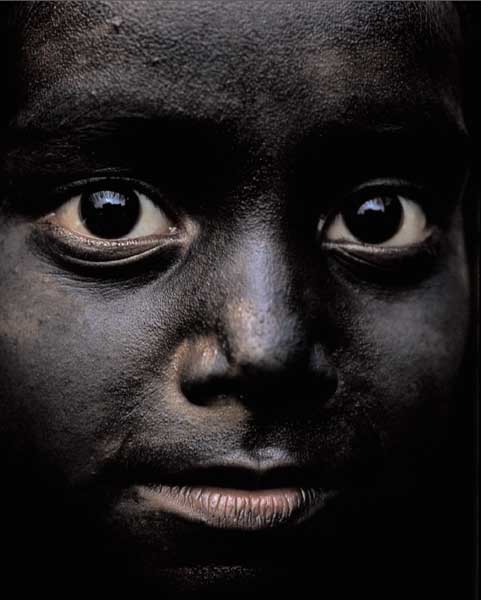
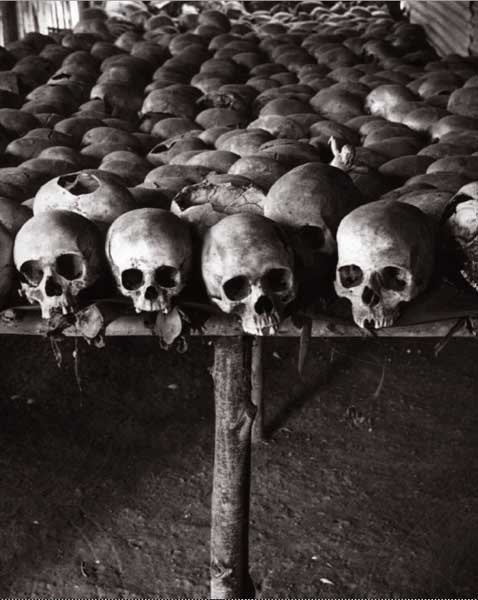
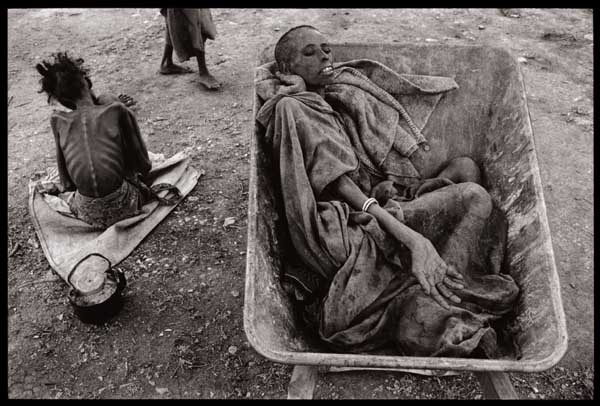
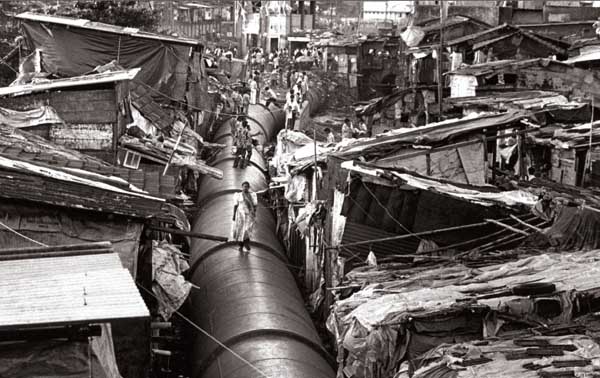
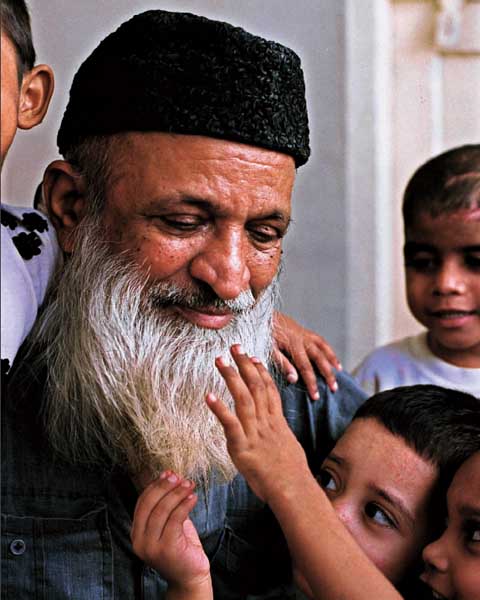
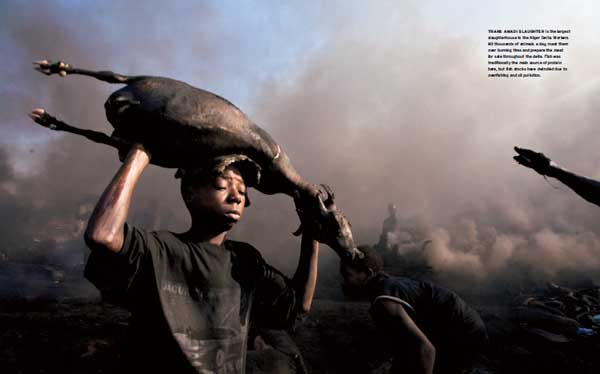





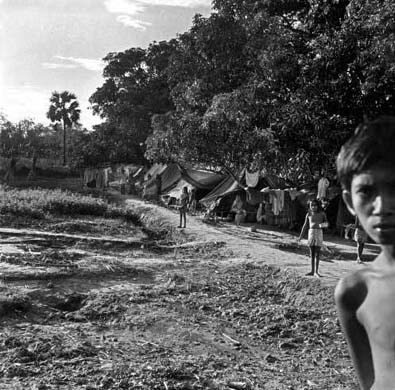
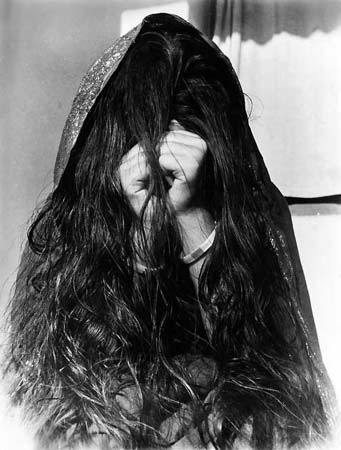
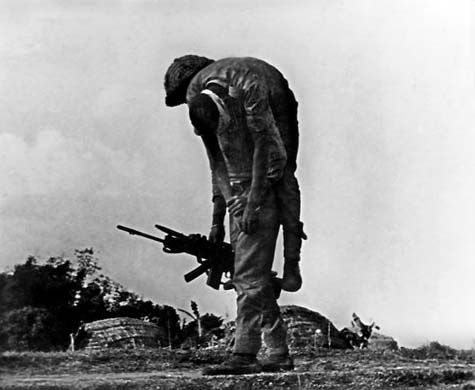
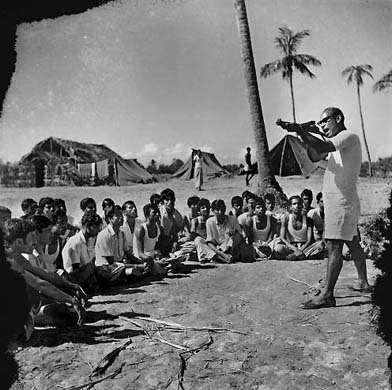
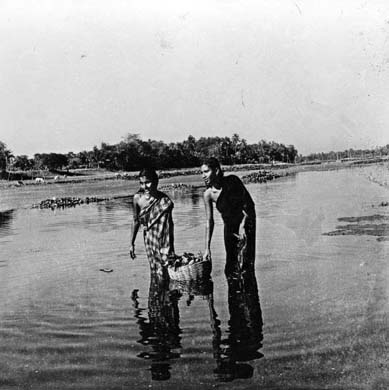


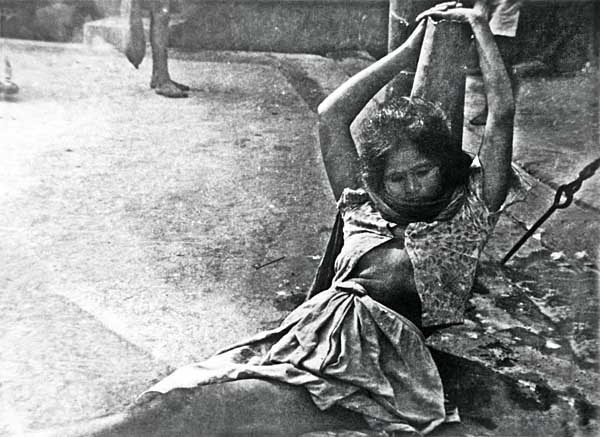
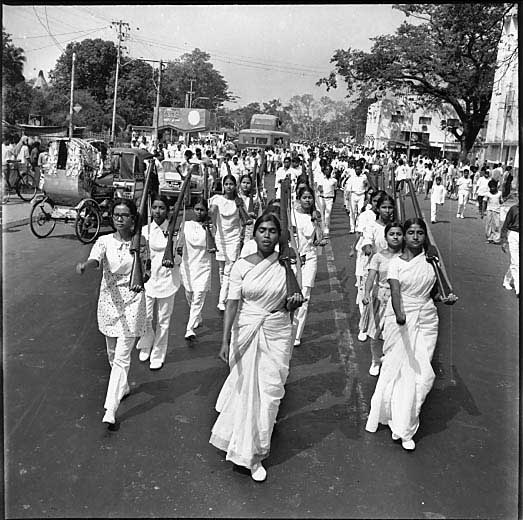
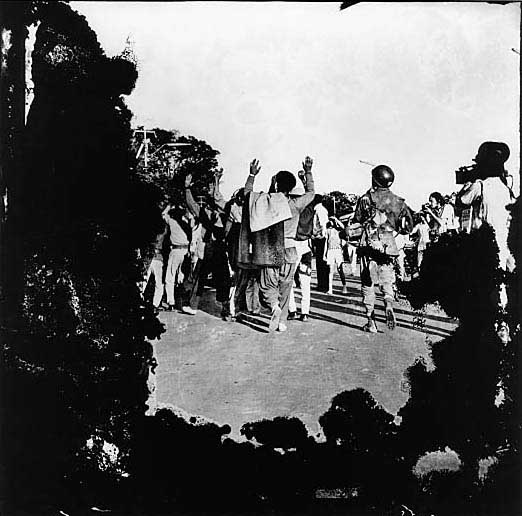
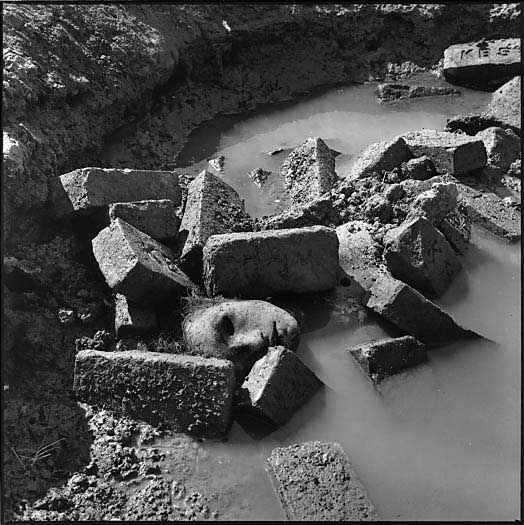
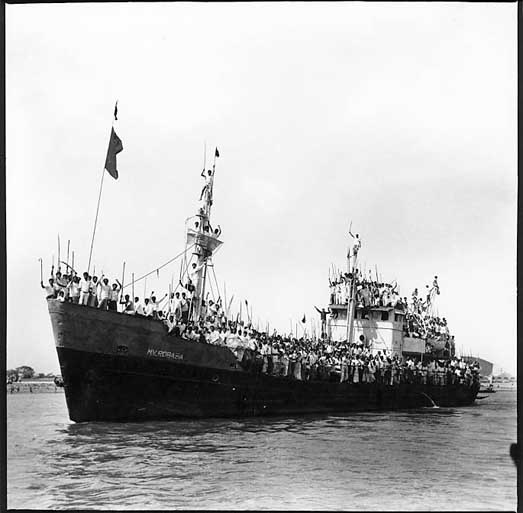
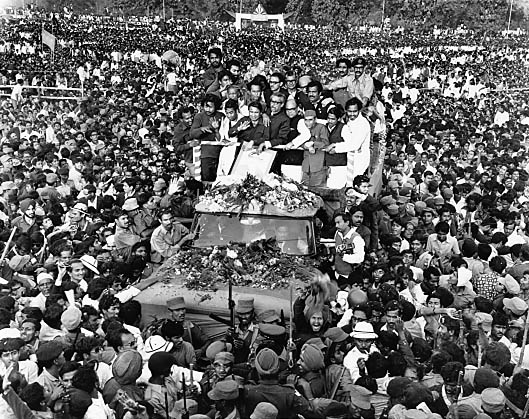
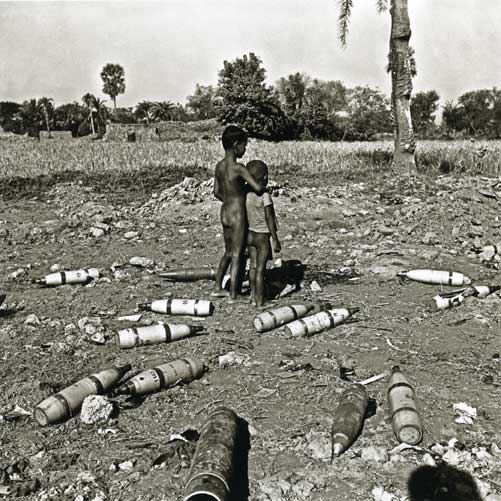
 Jyotirmay Guhathakurta and Basanti Guhathakurta with seven year old daughter, Meghna and nephew Kanti in Gandaria, Dhaka, 1966. Bangladesh.
Jyotirmay Guhathakurta and Basanti Guhathakurta with seven year old daughter, Meghna and nephew Kanti in Gandaria, Dhaka, 1966. Bangladesh.  Choles Ritchil. Photographer unknown
Choles Ritchil. Photographer unknown Mutilated body of Choles Ritchil. Photographer unknown
Mutilated body of Choles Ritchil. Photographer unknown Cleaners clearing debris outside the Rangs Building to make way for traffic. Early hours of the morning. 8th December 2007. Dhaka. Bangladesh. ? Zaid Islam
Cleaners clearing debris outside the Rangs Building to make way for traffic. Early hours of the morning. 8th December 2007. Dhaka. Bangladesh. ? Zaid Islam Demolition workers who have set up their own emergency team, warm themselves at night. 8th December 2007. Dhaka. Bangladesh.
Demolition workers who have set up their own emergency team, warm themselves at night. 8th December 2007. Dhaka. Bangladesh. 





